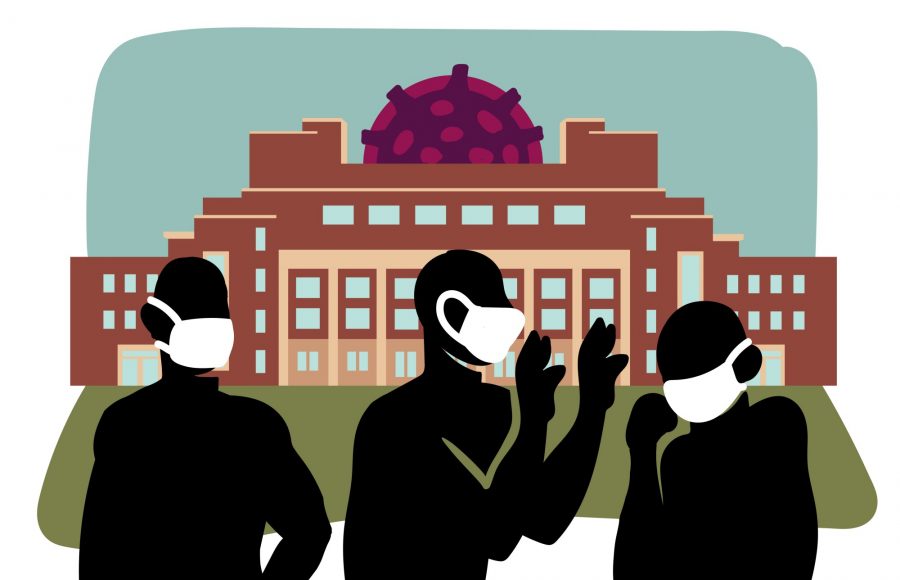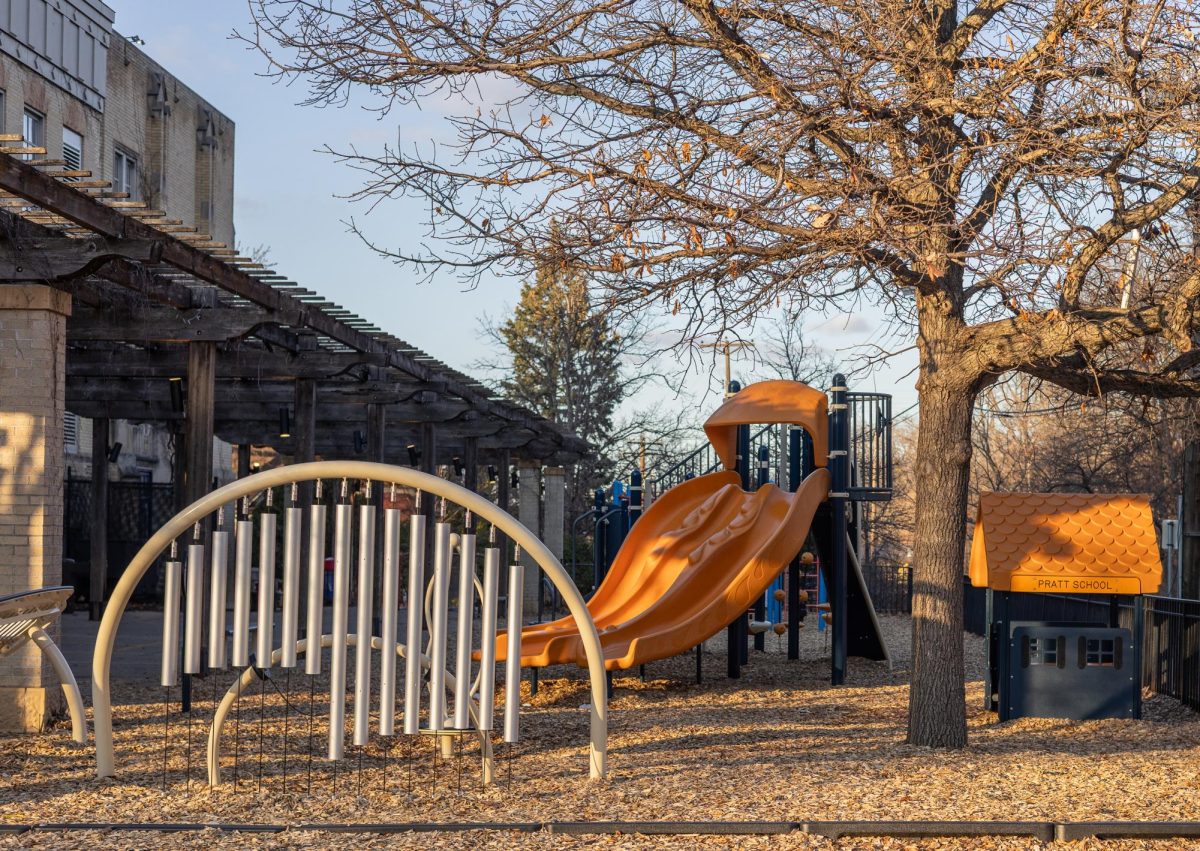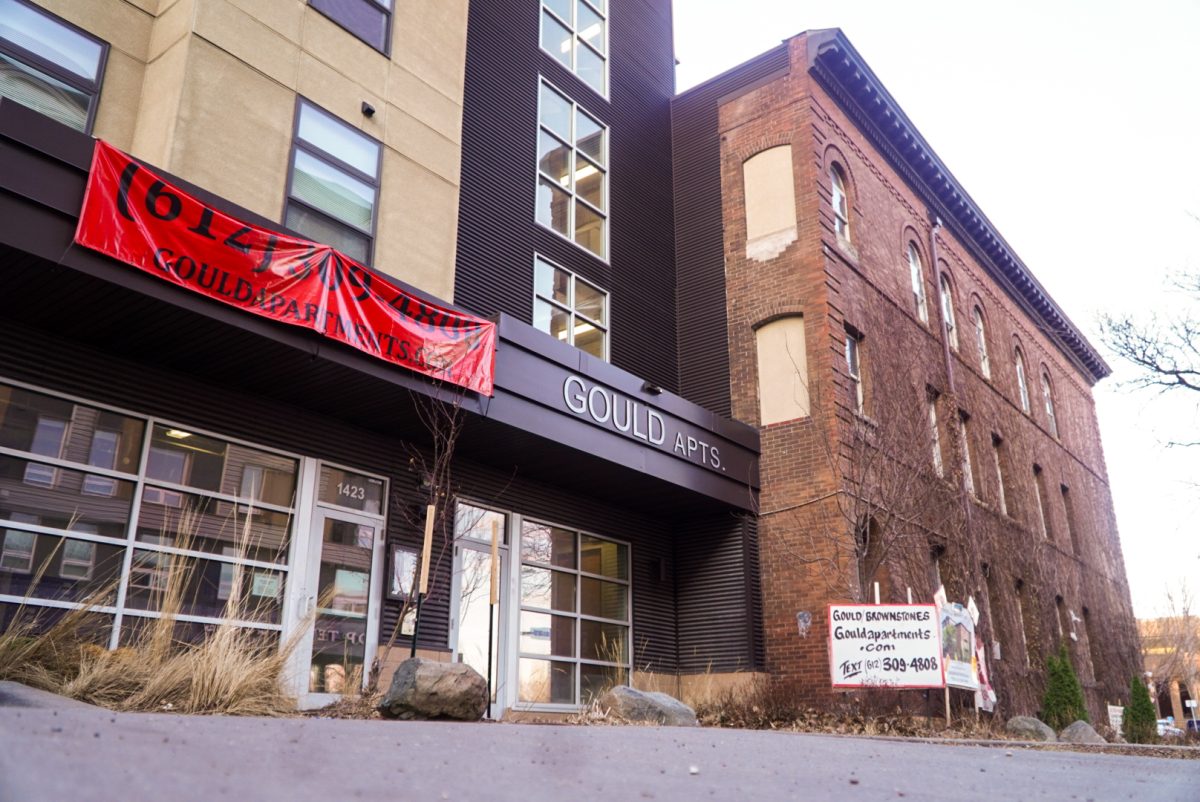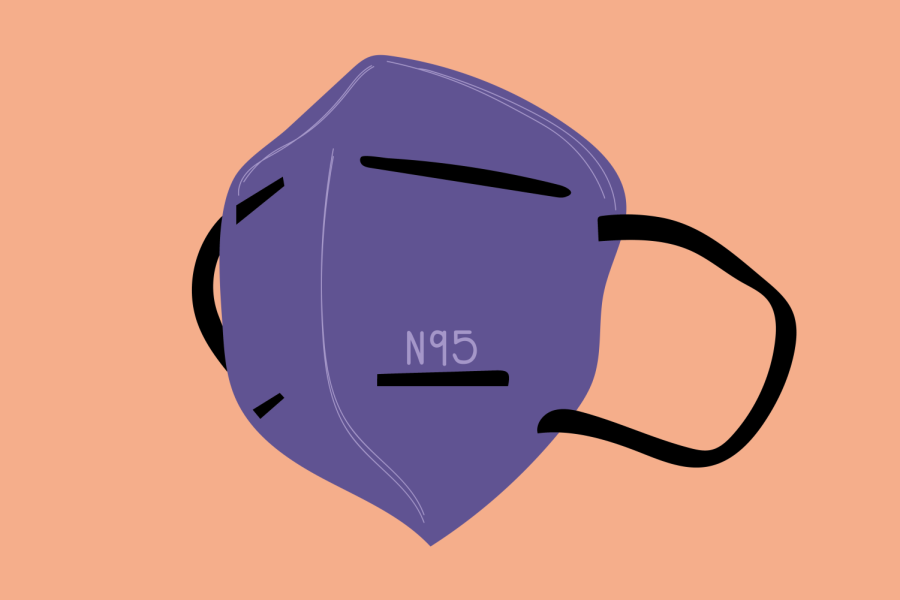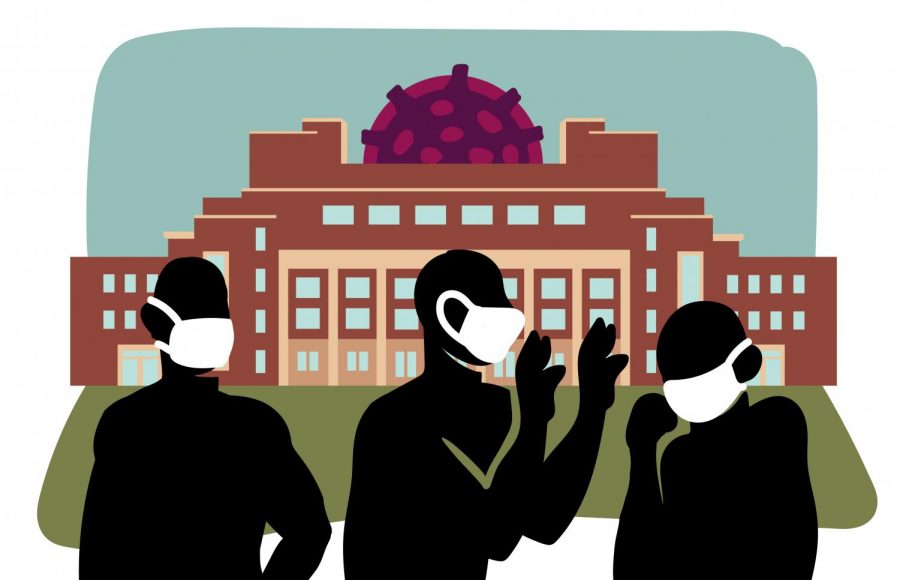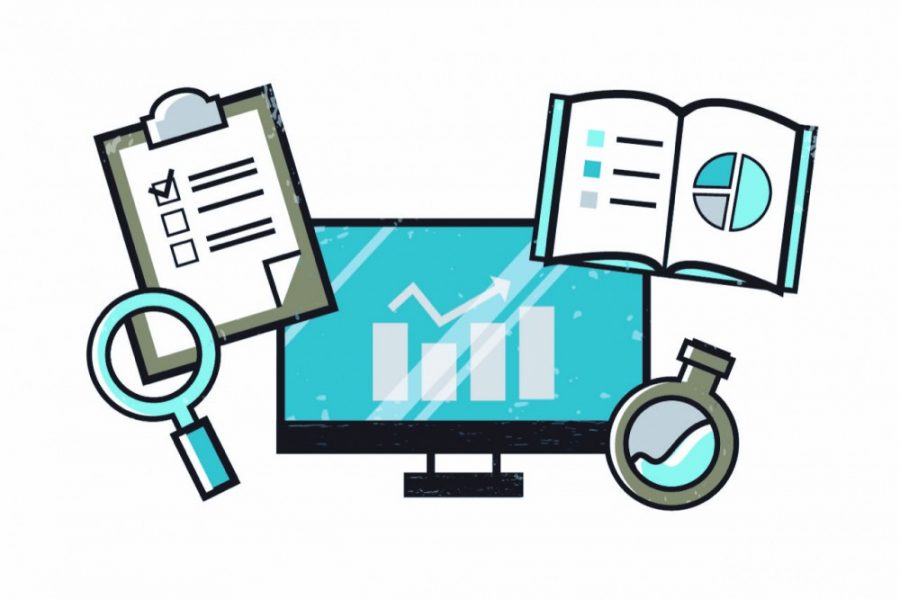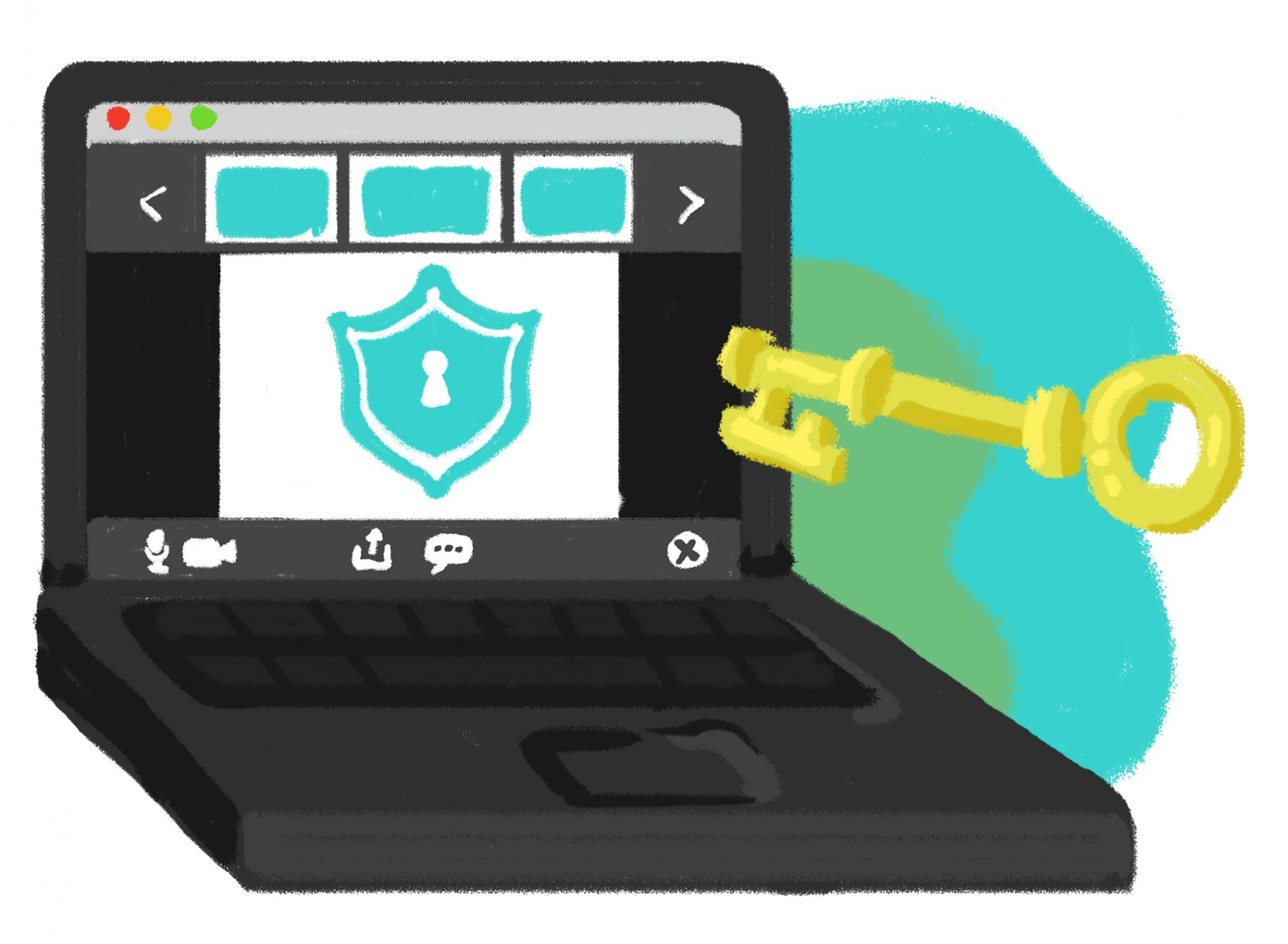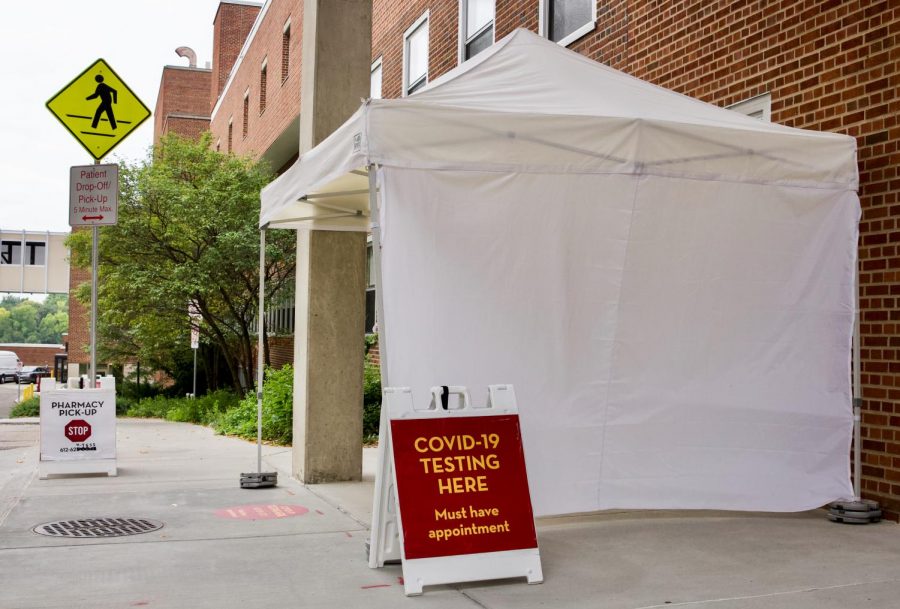The University of Minnesota’s Center for Infectious Disease Research and Policy (CIDRAP) recently implemented a virtual dashboard that includes data on the prevalence of COVID-19 on the Twin Cities campus.
The dashboard was discussed among administrators over the past several months and at the August Board of Regents meeting, where several board members pushed for publicizing COVID-19 data.
Following this discussion, the dashboard was published on Aug. 28.
“The University considered a COVID-19 dashboard prior to the Board of Regents meeting,” said Jill DeBoer, deputy director of CIDRAP in an email to the Minnesota Daily. “The Board requested the dashboard and the University provided it.”
The dashboard is updated weekly and includes data on the number of positive cases among students, faculty and staff, the number of tests performed and the occupancy of isolation rooms located on campus.
Additional updates were made after the initial launch of the dashboard, including new graphs illustrating data points and a link to the Gopher Athletics’ individual testing updates.
However, the dashboard only includes data collected through the University of Minnesota’s Boynton Health locations. As a result, the data seen on the dashboard is not fully representative of the actual number of cases on campus, DeBoer said.
“The University cannot require non-University health care providers or our students, faculty and staff to share test results,” DeBoer said in the email. “The University also cannot ask clinicians at non-University care settings to, in turn, ask all individuals seeking a test at their clinic or hospital if they are a University of Minnesota student, faculty or staff.”
Prior to the August board meeting, the University was only reporting COVID-19 data to the Minnesota Department of Health, as is required for all health care providers. Regent Michael Hsu pushed for a University-specific dashboard in addition to statewide data.
“For me, that doesn’t sound really good for [the University] to not know what’s going on and depend on the state to tell us when we have a problem,” Hsu said.
Board Chair Ken Powell supported the creation of a dashboard that includes disclosures about any inaccuracies in the data.
“The question is, is there a willingness on the part of the University to collect that data and make it available with the understanding that it is incomplete,” Powell said at the meeting.
A number of other universities have also created public dashboards where COVID-19 data is updated regularly.
South Dakota State University’s dashboard is updated daily and relies on data that is self-reported.
“We are relying on students and faculty, and we are relying on them to self-report information that is collected and used on our dashboard,” said Mike Lockrem, director of Marketing and Communications for SDSU.
Due to the nature of self-reported data, SDSU has an acknowledgment above their dashboard reminding users that complete accuracy cannot be guaranteed.
Currently, there are no plans to expand the University of Minnesota’s dashboard or to move from weekly to daily updates, DeBoer said.
“I think [the dashboard] is progressing, but I would like to see daily updates,” Hsu said. “Once all the students return to campus, we will need to understand how things are progressing day to day.”
Evan Berg contributed to this report.


